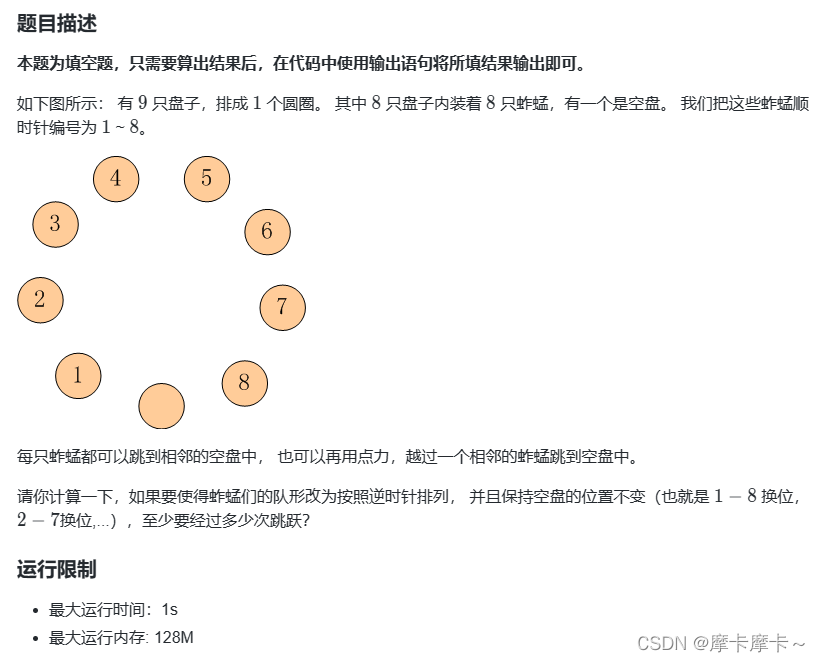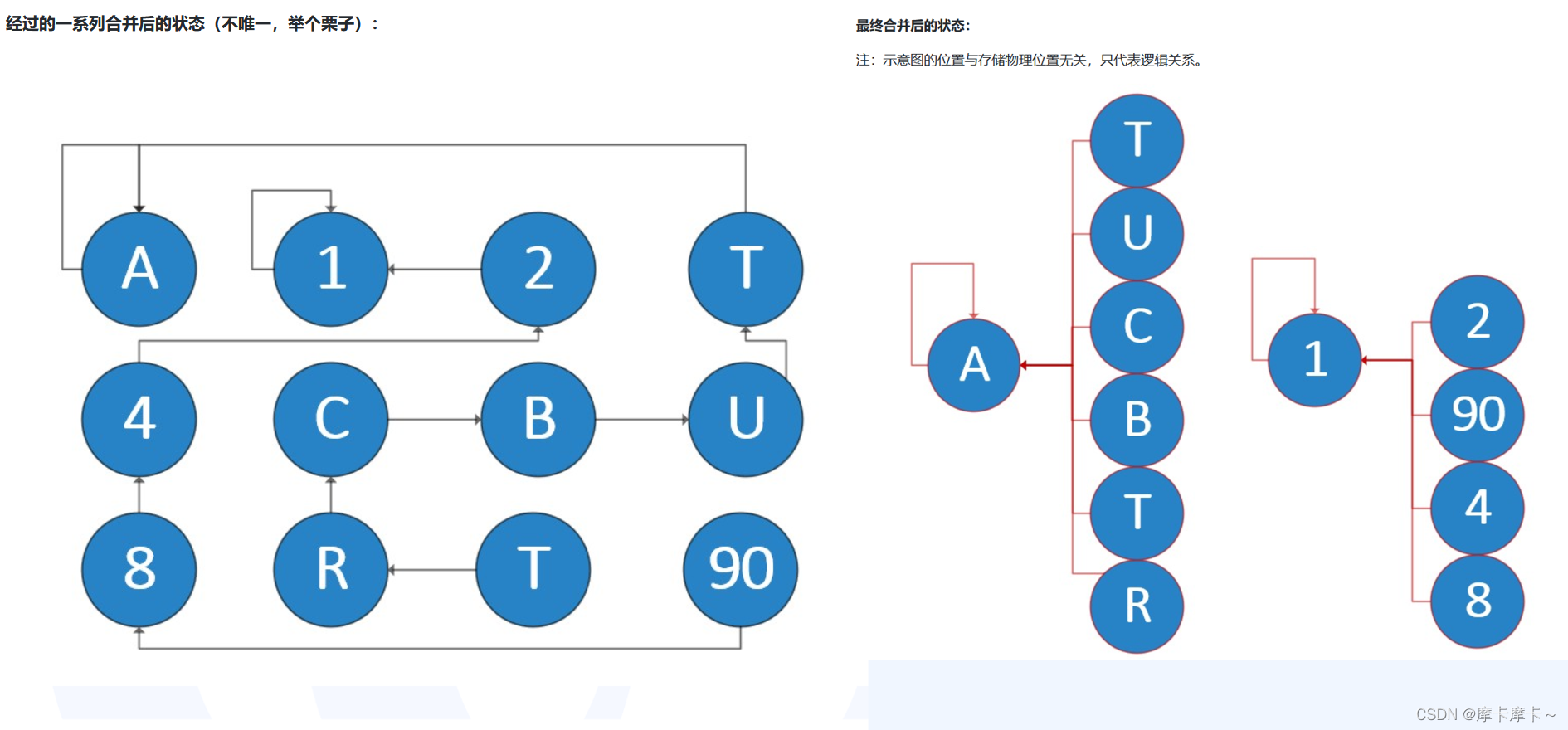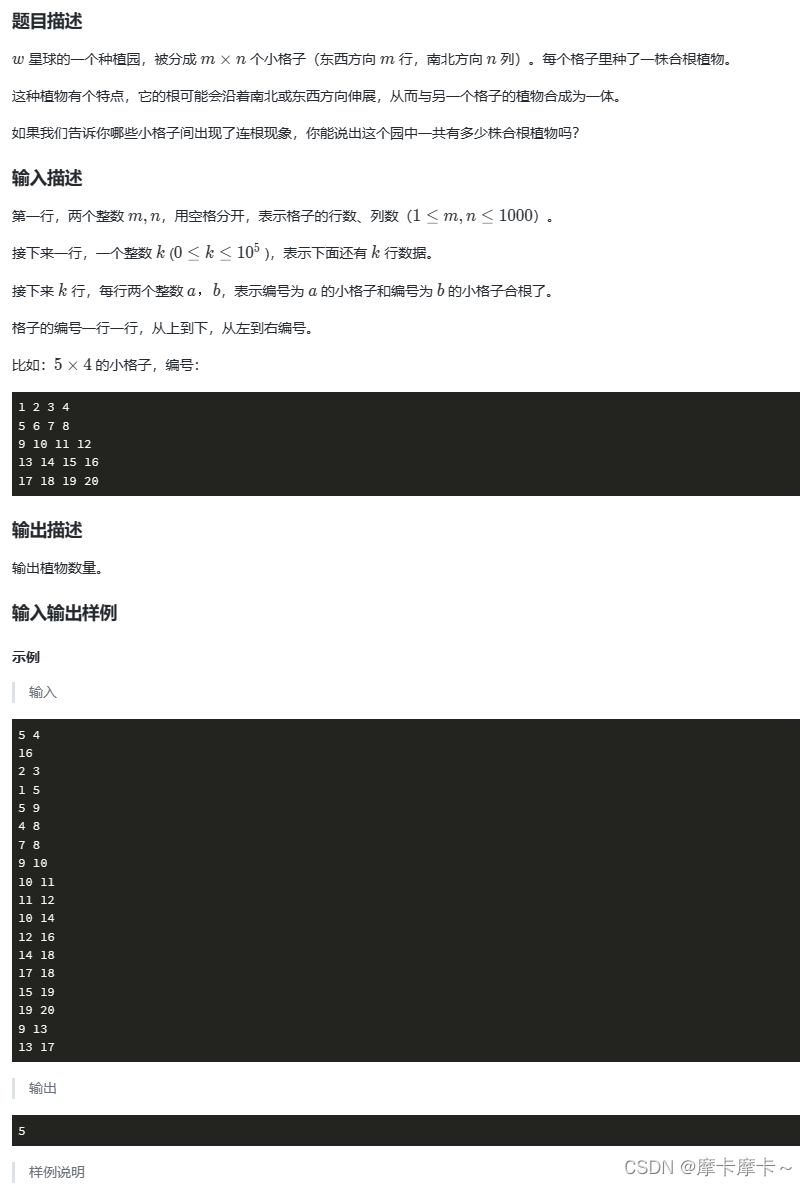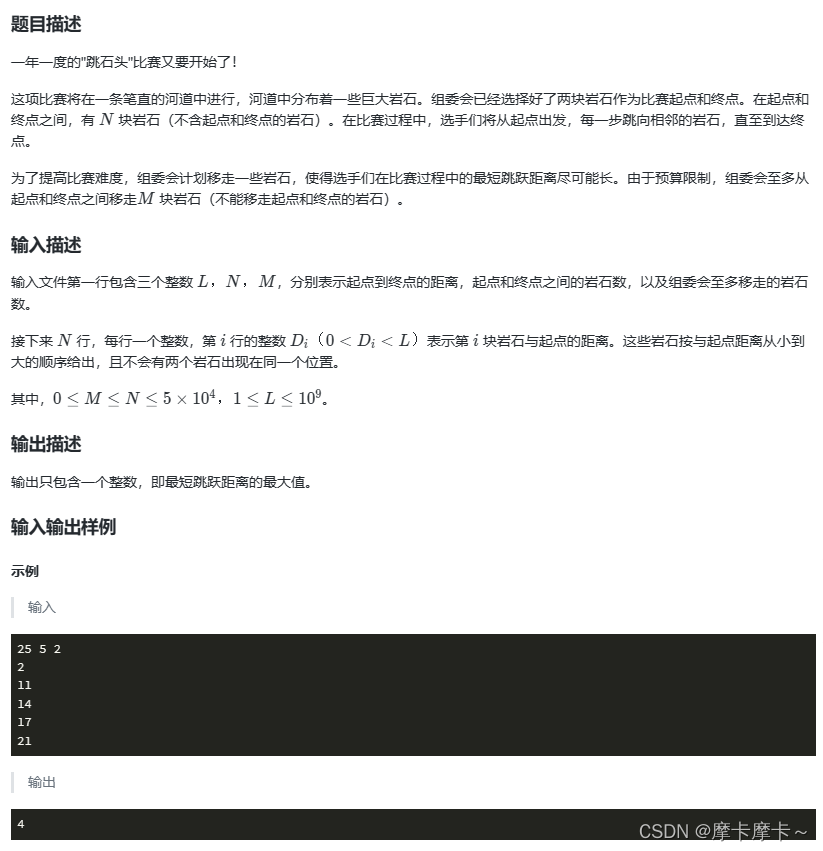一、迷宫(DFS)

print("DDDDRRURRRRRRDRRRRDDDLDDRDDDDDDDDDDDDRDDRRRURRUURRDDDDRDRRRRRRDRRURRDDDRRRRUURUUUUUUULULLUUUURRRRUULLLUUUULLUUULUURRURRURURRRDDRRRRRDDRRDDLLLDDRRDDRDDLDDDLLDDLLLDLDDDLDDRRRRRRRRRDDDDDDRR")
n, m = 30, 50
a = [[0 for i in range(m)] for j in range(n)]
vis = [[100000 for i in range(m)] for j in range(n)]
t = [[0 for i in range(m)] for j in range(n)]
for i in range(n):
res = input()
for j in range(m):
a[i][j] = res[j]
dx = [0, -1, 1, 0]
dy = [1, 0, 0, -1]
c = ["R", "U", "D", "L"]
pos = 0
res = [" " for i in range(100000)]
ans = 100000000
ss = ""
def pd(x, y):
if x < 0 or x >= n or y < 0 or y >= m or a[x][y] == '1' or t[x][y] != 0:
return False
else:
return True
def DFS(x, y, pos):
global ans, ss
if pos > ans:
return
if x == 29 and y == 49:
s = "".join(res[:pos])
if ans > pos:
ans = pos
ss = s
elif pos == ans and s < ss:
ss = s
return
for i in range(4):
nx = x + dx[i]
ny = y + dy[i]
if pd(nx, ny) and pos + 1 <= vis[nx][ny]:
t[nx][ny] = 1
vis[nx][ny] = pos + 1
res[pos] = c[i]
DFS(nx, ny, pos + 1)
t[nx][ny] = 0
t[0][0] = 1
vis[0][0] = 0
DFS(0, 0, 0)
print(ss)
二、跳蚱蜢(BFS)

这道题就先转换一下,一开始是蚱蜢跳,然后转换成空盘子跳
然后要判重
def insertq(q,dir,news,vis):
pos=news[1]#0的位置
status=news[0]
insertpos=(pos+dir+9)%9#找到0应该放的位置
#将字符串转为列表
t=list(status)
t[pos],t[insertpos]=t[insertpos],t[pos]
addStatus="".join(t)
if addStatus not in vis:
vis.add(addStatus)
q.append((addStatus,insertpos,news[2]+1))
q=[("012345678",0,0)]#模拟队列
vis=set()#用来判重
vis.add("012345678")
while q:
news=q.pop(0)
if news[0]=="087654321":#说明到了目标状态,输出最少步数
print(news[2])
break
insertq(q,-2,news,vis)
insertq(q, -1, news, vis)
insertq(q, 1, news, vis)
insertq(q, 2, news, vis)
Set使用方式
# set 的定义 变量名=set()
intSet = set()
stringSet = set()
s1 = "测试1"
s2 = "测试2"
s3 = "测试3"
# 2. 插入操作
stringSet.add(s3)
stringSet.add(s2)
# 5.返回集合元素数量
print("前2次插入操作完成后的元素数量为%d\n" % len(stringSet)) # 注意这里要使用 % 进行格式化输出
stringSet.add(s1)
print("前3次插入操作完成后的元素数量为%d\n" % len(stringSet))
# 6.遍历整个集合
for ele in stringSet:
print(ele, end=' ')
print()
# 3. 删除操作
stringSet.discard(s3)
print("删除操作完成后的元素数量为%d\n" % len(stringSet))
for ele in stringSet:
print(ele, end=' ')
print()
# 4. 判断是否存在此元素
if s2 in stringSet:
print("存在元素")
else:
print("不存在元素")
python的字典
相当于C++的map
在 Python 中我们不叫映射,也不叫 map,我们称作字典。用法跟 Java 和 c++ 都是有一定区别的。
- 字典的创建。
massege={
'小':'123124543643','xiaohua':'17855666','LiMing':'1249699859456'}
#或者创建空的字典
empty_dict = {
}
#或者使用元组作为key
group_dict = {
(60, 99):'good', 100:'nice'}
- 字典的添加。
# 如果字典内不含有相应的Key值,则会执行添加操作
dict[key]=value
- 字典的修改。
# 如果字典内含有相应的Key值,则会执行更新操作
dict[key]=new_value
# 使用update()修改
# update() 方法可使用一个字典所包含的 key-value 对来更新己有的字典。如果有就修改,没有就添加。
dict.update({
'key':123,'key2':234})
- 字典的删除。
del dict['key'] # 删除键是'key'的条目
dict.clear() # 清空字典所有条目
del dict # 删除字典
- 字典的访问。
dict = {
'Name': 'Zara', 'Age': '7'}
print (dict['Name'])
#当然如果key值不存在,将会抛出异常
#也可以是用get()方法,不存在会返回None,但不会抛出异常
print(dict.get('Name'))
三、七段码(DFS+并查集)

n,ans=10,0
use=[0 for i in range(n)]
e=[[0 for i in range(n)]for j in range(n)]
fa=[0 for i in range(n)]
def init():
# 连边建图,e[i][j] == 1 表示第i段和第j段灯管相邻
# a b c d e f g
# 1 2 3 4 5 6 7
e[1][2]=e[1][6]=1
e[2][1]=e[2][7]=e[2][3]=1
e[3][2]=e[3][4]=e[3][7]=1
e[4][3]=e[4][5]=1
e[5][4]=e[5][6]=e[5][7]=1
e[6][1]=e[6][5]=e[6][7]=1
e[7][2]=e[7][3]=e[7][5]=e[7][6]=1
def find(u):
if fa[u]==u:
return u
fa[u]=find(fa[u])
return fa[u]
def dfs(d):
global ans
if d>7:
for i in range(1,7+1):
fa[i]=i#初始化
for i in range(1,7+1):
for j in range(1,7+1):
if e[i][j] and use[i] and use[j]:
fx=find(i)
fy=find(j)
if fx!=fy:
fa[fx]=fy
k=0
for i in range(1,7+1):
if use[i] and fa[i]==i:
k+=1
if k==1:
ans+=1#说明所有亮灯属于一个集合
return
use[d]=1#打开这个灯
dfs(d+1)
use[d]=0#关闭这个灯
dfs(d+1)
init()
dfs(1)
print(ans)
并查集


初始化
maxn=200
fa=[]
def init():
for i in range(maxn+1):
fa.append(i)
查询
def find(x):
if fa[x]==x:
return x
else:
return find(fa[x])
带路径压缩的查询,可以节省很多时间
def find(x):
if fa[x]==x:
return x
else:
fa[x]=find(fa[x])
return fa[x]
合并
def merge(x,y):
fa[find(x)]=find(y)
四、合根植物(并查集)

n,m=map(int,input().split())
k=int(input())
t=1
fa=[]
def init():
for i in range(m*n+5):
fa.append(i)
def find(x):
if fa[x]==x:
return x
else:
fa[x]=find(fa[x])
return fa[x]
def merge(x,y):
fa[find(x)]=find(y)
init()
for i in range(k):
x,y=map(int,input().split())
merge(x,y)
ans=0
for i in range(m*n):
index=i+1
if(fa[index]==index):
ans+=1
print(ans)
五、跳石头(整数二分)

最短的最长----二分
l,n,m=map(int,input().split())
a=[]
for i in range(n):
t=int(input())
a.append(t)
a.append(l)
left,right=0,l
def check(u):
res=0
pos=0
for i in range(0,n+1):
if a[i]-pos<u:
res+=1
else:
pos=a[i]
if res<=m:
return True
return False
while left<right:
mid=(left+right+1)//2
# print(mid)
if check(mid):
left=mid
else:
right=mid-1
print(left)